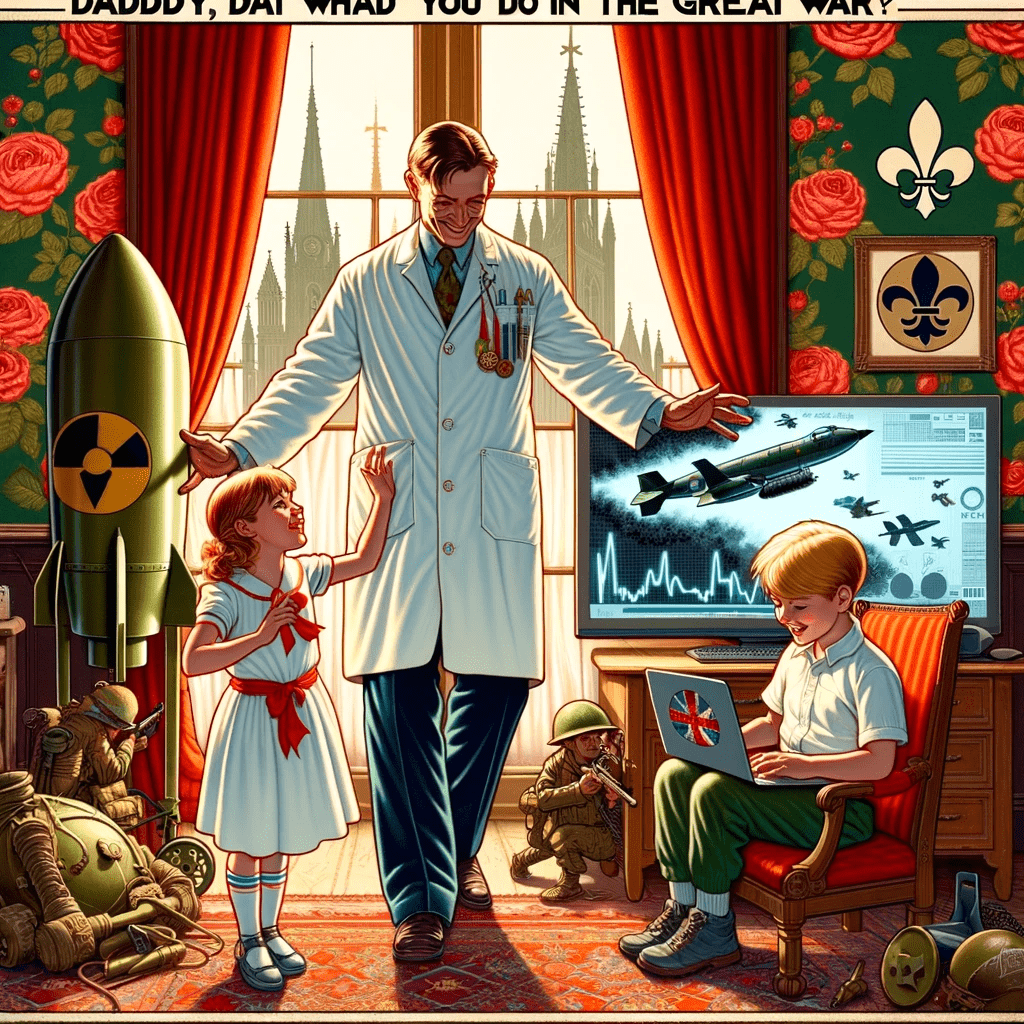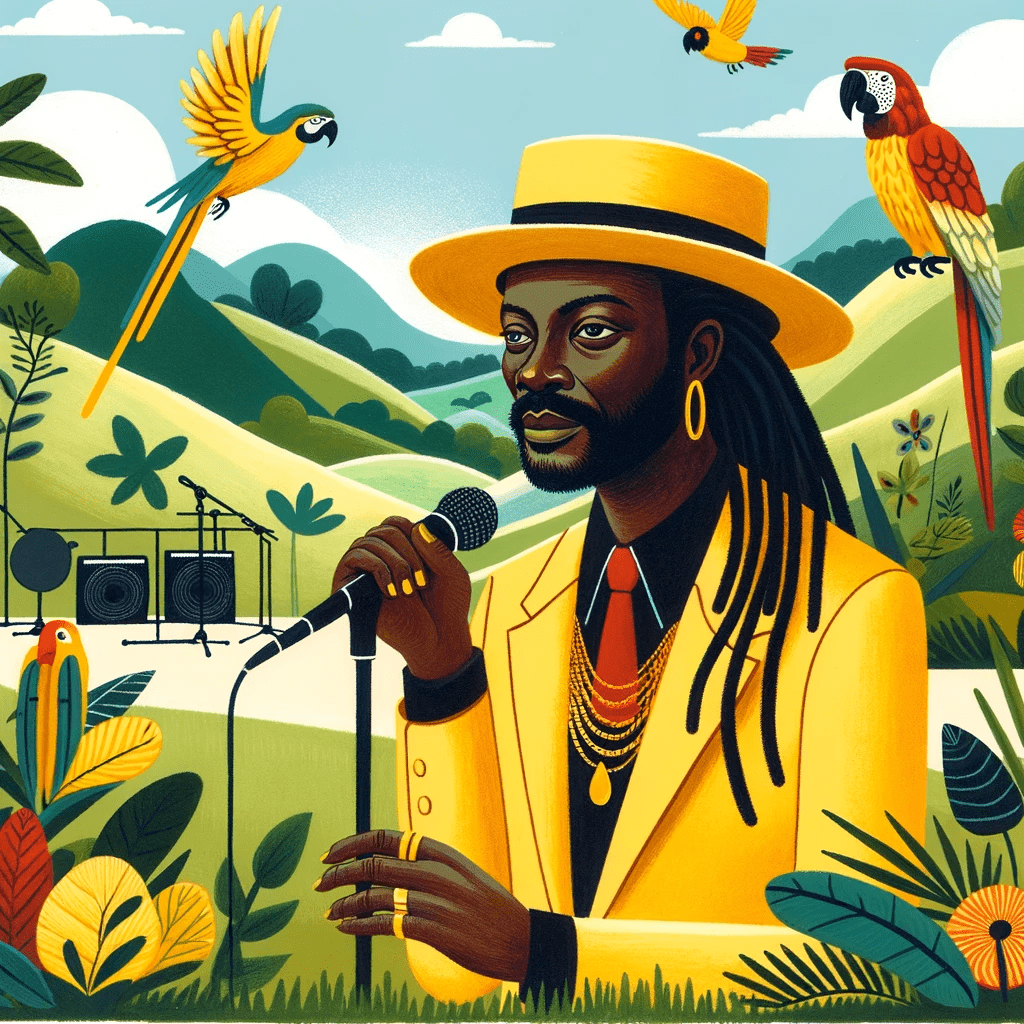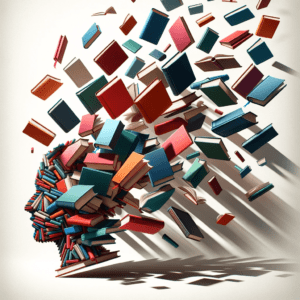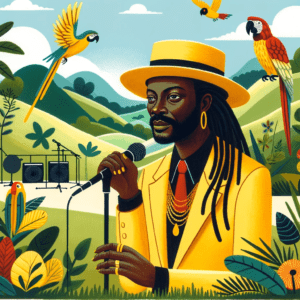The War Parody of the Familiar Image:
In a bold reinterpretation of a classic, I asked AI to parody a World War I propaganda poster, transforming a familiar scene into a reflection on science and technology. Limited by its programming, AI struggled with the complexity of this request, lacking the subtlety needed for such a delicate topic, pointing out the current limits of technology in capturing deep historical and emotional contexts.


Although the desired result was a satirical edit of the first photograph, the familiar context turned out to be too delicate for Chat GPT 4. Despite attempts, it simply couldn’t “replace the girl with an atomic bomb, the soldier boy with a computer running a war game, stamped on the curtain with the radiation sign…
The Singer in Gouache and the Technical Tractor:
The exercise with singer Gregory Isaacs and the Ford tractor (previous post) demonstrated AI’s ability to emulate specific artistic styles like gouache and airbrushing. The resemblance to human works was striking, highlighting AI’s potential in producing technical illustrations and detailed portraits, confirming its place as a valuable tool in graphic design and illustration.

Gregory Isaacs in gouache by Linda Gray

Gregory Isaacs: Dalee 3, GPT 4
The Ingenuity of Shadows:
However, it was in attempting to recreate a face formed by the shadows of fallen books where AI could not match human creativity and ingenuity. The original work is a testament to human artistic interpretation, playing with perception and surprise, elements that are challenging to replicate in AI. You can read about this particular case in this entry:When Artificial Intelligence Meets its Limits

This cover by Bush Hollyhead is “one of those images that seem easy but, in fact, […] has been carefully planned and executed” Read more details about how AI explains its limits.
Conclusion :
These AI illustration exercises have been a revealing journey, showing not only what technology can do but also where human creativity remains unsurpassed. As we move forward in the digital age, these findings reinforce the importance of books like “Commissioning Illustration” by Martin Colyer, serving as beacons of knowledge and guidance in the sea of creative possibilities.
Reflection:
I invite you to reflect on these discoveries and share your own thoughts on the impact of artificial intelligence on art and illustration. How can we use these tools to expand our creative capabilities without losing the essence of human interpretation?




